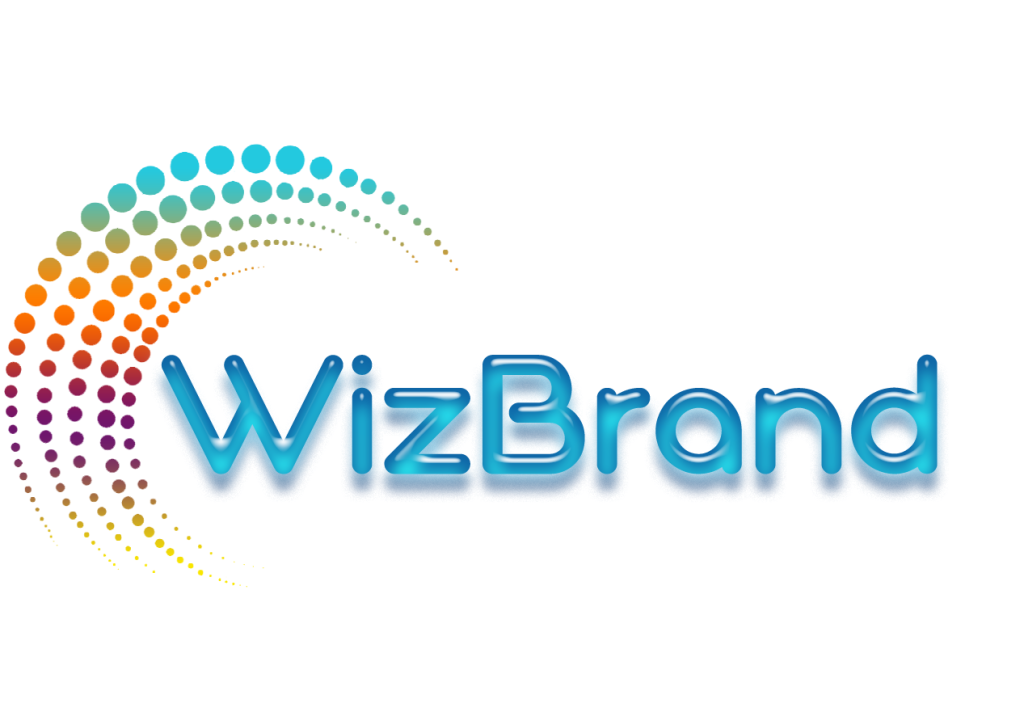
As businesses grow, so does the amount of content they create and manage. From images and videos to documents and multimedia files, digital assets play a critical role in today’s marketing, sales, and operational strategies. However, as your digital asset library expands, traditional storage solutions like local drives or shared network folders begin to show their limitations. This is where a Digital Asset Management (DAM) system comes in, providing a more efficient, organized, and scalable way to store and manage digital content.
Migrating from traditional storage to a DAM system may seem like a daunting task, but with the right approach, it can be a seamless transition that delivers long-term benefits. In this blog, we’ll walk you through the steps to migrate from traditional storage to a DAM system the right way, while highlighting how Wizbrand, a leading DAM solution, can simplify this process.
Step 1: Assess Your Current Storage System
The first step in any migration process is to understand your current situation. Take stock of all the digital assets stored in traditional storage systems, whether they’re in physical files, local drives, or shared folders. Identify the challenges you’re facing, such as difficulty in finding files, lack of version control, or issues with team collaboration.
It’s also important to assess the structure of your current system. Are assets well-organized, or is there a lack of metadata and tagging? Understanding the shortcomings of your current system will help guide your migration strategy and set you up for success with your new DAM solution.
Step 2: Define Your DAM Objectives
Before selecting a DAM solution, it’s essential to define the objectives you want to achieve. Ask yourself the following questions:
- What are the main pain points in your current system?
- How will the new system improve content management, searchability, and collaboration?
- What specific features do you need in your DAM software (e.g., version control, metadata tagging, team collaboration)?
By defining these objectives, you can narrow down your options and ensure that the DAM system you choose addresses your specific needs.
Step 3: Select the Right DAM Solution
Choosing the right DAM solution is crucial to the success of your migration. Look for a system that is scalable, flexible, and integrates seamlessly with your existing tools and workflows. Wizbrand stands out as one of the Best Digital Asset Management Software available today. Its intuitive interface, powerful search capabilities, and seamless integrations make it an ideal choice for businesses looking to streamline their digital workflows.
Wizbrand’s features allow teams to centralize their digital assets, ensuring easy access and control. With SEO Management Software capabilities, businesses can efficiently organize assets in a way that maximizes SEO performance, making it easier to optimize content for search engines.
Step 4: Organize Your Assets Before Migration
Before migrating your assets to the new DAM system, it’s important to organize and clean up your files. This includes:
- Consolidating files: Bring all your assets into a centralized location to avoid duplicating content.
- Categorizing assets: Organize assets into logical categories (e.g., marketing materials, product images, customer videos) to make searching easier once they’re in the DAM system.
- Tagging assets: Add metadata, such as keywords, categories, and descriptions, to each asset. This will enhance the searchability of your content within the DAM system.
Taking these steps before the migration process will make the transition smoother and more efficient. It also ensures that your assets are properly tagged and categorized, which will improve team collaboration once the system is up and running.

Step 5: Migrate Your Assets
With your assets organized and your DAM solution in place, it’s time to begin the migration process. Depending on the number of assets and the complexity of your current system, this step can take anywhere from a few days to a few weeks. Fortunately, Wizbrand simplifies this process by offering bulk upload features that allow you to quickly and easily migrate large numbers of files.
Additionally, Wizbrand’s flexible system ensures that your assets are migrated without losing any valuable metadata, tags, or descriptions. This is critical for maintaining your organization’s content integrity and searchability once the migration is complete.
Step 6: Train Your Team
Once the migration is complete, it’s time to onboard your team. Training is a key factor in ensuring that everyone uses the DAM system efficiently. Provide your team with a thorough walkthrough of the system, highlighting key features such as:
- How to upload, tag, and organize assets.
- How to collaborate on projects and share assets securely.
- How to search for assets quickly using keywords, tags, and filters.
Training ensures that your team can fully leverage the DAM system, leading to better adoption and more effective use of the platform.
Step 7: Monitor and Optimize
The final step in your DAM migration journey is to continuously monitor the system’s performance and optimize it based on user feedback. Make sure your team is consistently tagging new assets with the appropriate metadata and organizing them within the system.

Additionally, use Best DAM Tools in the world offered by Wizbrand to monitor asset usage, identify underutilized files, and ensure that your digital asset library remains organized and up-to-date.
Conclusion
Migrating from traditional storage to a DAM system is an essential step for businesses looking to streamline their content management processes and improve team collaboration. By following the steps outlined in this blog and leveraging a powerful solution like Wizbrand, you can make this transition smooth and headache-free.
Wizbrand helps businesses of all sizes manage digital assets more efficiently, saving time and resources while improving workflow. Explore Wizbrand’s platform today to experience how it can transform your asset management process and optimize your team’s productivity.